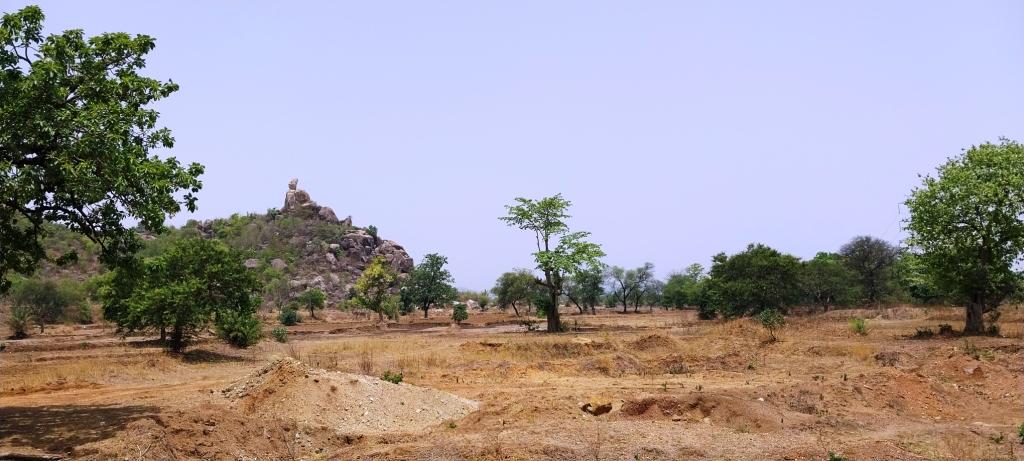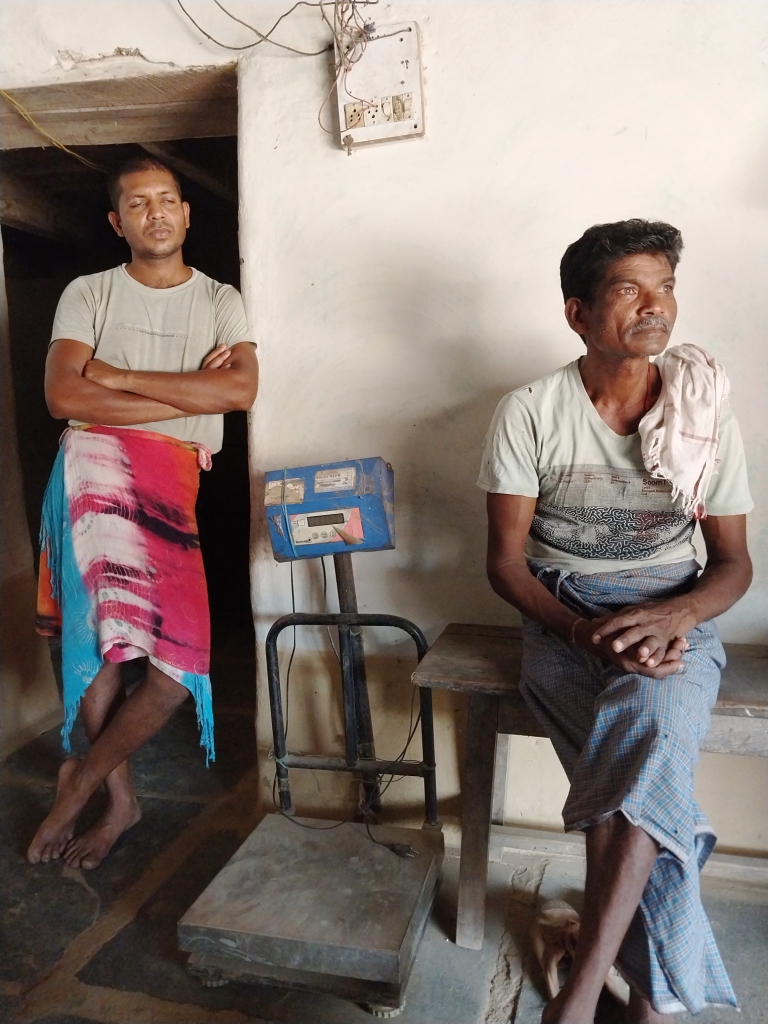
Kanker district of Chhattisgarh is plagued by conflict due to wild elephants. Bears also are often spotted in villages. But most people are trying to come to terms with leopards. A report by Deepanwita Gita Niyogi
It was not Friday the 13th. But it was a Friday all the same when tragedy struck the family of Chamruram Salam, a Gond Adivasi resident of Bansagar village in Narharpur block. The place lies in Chhattisgarh’s Kanker district.
On that day Salam’s 28-year-old daughter Ishwari went to fetch firewood in the forest about two km from home and did not return. Instead, her body which was mostly eaten by a leopard was found after a two-hour search, prompting a report in the local police station. The bereaved father received Rs 6 lakh as compensation.
“The incident happened on October 8, 2021. She used to go to the forest often but I never imagined such a thing would happen. Now, we are afraid of venturing into the jungle, especially at dusk,” Salam said. Seated on a bench, the elderly man’s voice shook and his eyes grew moist in remembrance of his daughter. Most residents in the village are farmers.
In another house a few metres away, Kumesh Kumar Baghel narrated how his mother Pramila Bai was killed in a similar fashion on October 14, 2021. She was in her 50s and like Ishwari had gone to collect firewood. Though the woman went with her friends, the others scattered in the jungle leaving Bai vulnerable to the attack.
In Munjalgondi village of Narharpur, Lalwati aged 45 was the third victim in the same month about a week later. “The incident happened at night when the animal suddenly appeared in the village from the nearby forest and caught her unawares,” said the deceased’s husband Amar Singh pointing to the dense forest all around his humble house.
Human-leopard conflict
In The Leopard’s Tale, well-known author and wildlife photographer based in Kenya Jonathan Scott refers to the leopard as an elusive creature. And true to its secretive and solitary nature, leopards are making appearances mostly after sundown in Chhattisgarh’s villages.
Conflict is taking place due to the presence of leopards in three districts of Chhattisgarh: Dhamtari, Gariyaband and Kanker. Stray cattle are easy prey for leopards. But children and elderly women are also vulnerable.
Remarking on the situation, Gariyaband divisional forest officer Mayank Agrawal explained that there are a few aspects behind the rise in leopard attacks. “There is no apex predator in the jungles. In its absence, the leopard population has started increasing. The animals love to inhabit plateaus and hilly areas having scarce vegetation. They also roam about in degraded forests and cohabitate with humans.”
In Gariyaband, leopards have always been present. However, the animals have now started entering human settlements for food. Thus conflict in unavoidable. Forest degradation is also a major cause behind this.
Kanker’s wildlife issues
Kanker district which comes under the Bastar sub-division in southern Chhattisgarh is plagued by conflicts due to wild elephants which often damage houses and crops. Bears too are frequently spotted in villages. But most people are trying to come to terms with leopards, said Bisahuram Jain, a resident of Nara village.
Jain narrated that there have been a few incidents in his village. “A street dog was chased by a leopard on the road outside about two months ago. Another time a leopard was spotted sitting near a wall by a few children. After they cried out, it left.”
Cattle killings are taking place too. Jain, who is a farmer, added that a buffalo calf was killed on the night of April 30. People discovered the dead animal the next morning. After that post mortem was carried out by the forest department and compensation worth Rs 10,000 paid to the owner. Many people do not tie up cattle inside sheds, thus making the attacks easy. Surprisingly, the calf was not taken away but left behind at the spot.
Most houses in Nara have cattle. In the daytime, leopards stay away but after dusk it is a different story. Nara resident Kamal Sinha sells milk and keeps four cows. According to him, food shortage in the jungles is forcing leopards to come down from hillocks and enter villages. Since the past three years, the conflict has exacerbated.
Cattle roaming everywhere is an issue, pointed out Kanker divisional forest officer Alok Bajpai. “There is a huge cattle population and mostly the animals roam on the roads and even enter forest areas adjoining villages to graze. So, there is an easy chance of cattle being lifted by leopards. Kanker which is full of hillocks is an ideal place for leopards. There used to be quality forests once but degradation has happened.”
In Bardevari village’s Bhattipara hamlet, goats, hens and even dogs are lifted, said resident Rajesh Kumar Netam. But he added that compensation payment is often not timely, and thus, poor villagers often feel economic burden once loss happens.
“Most farmers keep cattle. But when cattle kills occurred, compensation eluded some four to five cases in my village. The loss was too high as at that time big-sized Haryana cows were given to many of us.”
Even about a decade back, leopards confined themselves to hills and jungles in Kanker. However, the situation is changing fast. Data obtained from the forest division office of the district reveals that in 2021 five deaths happened within a span of three months. Apart from the three deaths in Narharpur forest range, two deaths took place in Charama range. Total compensation amounted to Rs 30 lakh.
State-wide data reveals that 27 people were injured from 2019 till 2022 prompting the government to pay Rs 482,819 for treatment of injuries. A total of 1,833 livestock deaths were reported in the same period for which compensation stood at Rs 1,63,32,310. The forest department keeps an eye on problematic animals through the deployment of trained staff to meet any exigency.
Raipur-based social activist Nitin Singhvi filed a public interest litigation in the Chhattisgarh high court in April claiming that the forest department is exacerbating the human-leopard conflict. Singhvi said in his plea that officials try to capture the animals and release them elsewhere arbitrarily, thus forcing leopards to kill livestock for food under stressful conditions.

Reacting to the capture and release of leopards, Bajpai explained that with the goal of safe rescue of wild animals without any harm to the human populations, sometimes efforts and methodologies have to be improvised. “Tranquilizing, caging and transfer of animals to other areas are used as last resort for problematic animals only after getting permission from the CWLW (chief wildlife warden).”
According to Odisha-based wildlife conservationist Aditya Panda, leopards that have taken to preying on human beings and cattle should not be released. The lack of natural prey base is likely to increase livestock depredation and, also potentially, human depredation. But a lot of human killings are accidental as well.”













